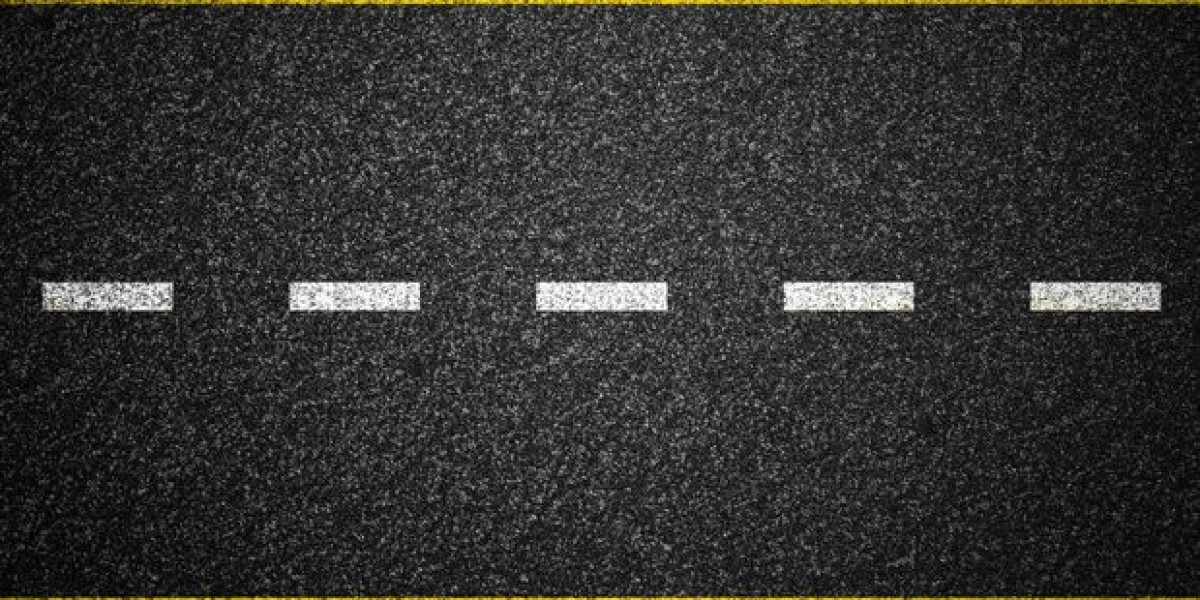Urban traffic is a complex system influenced by countless factors — from traffic signals to lane widths, from pedestrian crossings to signage. Among these, one often overlooked yet crucial element is one-way road markings. These markings do more than direct traffic; they shape the behavior of drivers, prevent accidents, and contribute to the overall efficiency of road networks. They serve as silent regulators, guiding vehicles in the correct direction and preventing head-on collisions on narrow streets.
One-way roads are often introduced in cities to manage congestion in areas with limited space. Without proper markings, a one-way street can easily become a site of confusion, especially for drivers unfamiliar with the area. Pavement arrows and word indicators such as “ONLY” or “ONE WAY” help clarify direction at key intersections. These visual cues are particularly important at night or during adverse weather conditions when visibility is poor and drivers must rely heavily on ground-level signals.
A well-marked one-way system reduces traffic conflicts and can even improve air quality by minimizing stop-and-go conditions. When vehicles travel smoothly in one direction, traffic lights can be synchronized for better flow, and unnecessary idling at intersections is reduced. This streamlining also lowers the chances of rear-end collisions, which are more common in two-way setups where unexpected turns or stops may occur.
However, improper maintenance or faded markings can quickly lead to safety issues. Drivers may misjudge direction or make dangerous turns, leading to preventable accidents. It’s also common to see violations where drivers knowingly ignore signage — usually in a rush or out of convenience. In such cases, clearly visible one-way road markings serve as a final layer of enforcement, reinforcing the rules even when signs are missed or ignored.
Pedestrians and cyclists also benefit from well-marked one-way streets. When crossing a one-way road, they only need to look in one direction, reducing their cognitive load and enhancing safety. Cyclists can use opposite-flow bike lanes more confidently when drivers are strictly guided by road markings, knowing vehicles should not appear from the wrong direction.
From a planning perspective, traffic engineers must consider local driving habits, intersection density, and visibility conditions when designing one-way systems. Markings must be bold, reflective, and frequently refreshed to remain effective. When done right, these systems improve both traffic circulation and road safety, making cities more livable and efficient.
Though often taken for granted, one-way road markings are fundamental to safe, organized urban transportation. Whether it's the arrow painted on the asphalt or the word "ONLY" directing a turn, these simple visuals quietly ensure that every journey continues in the right direction.






